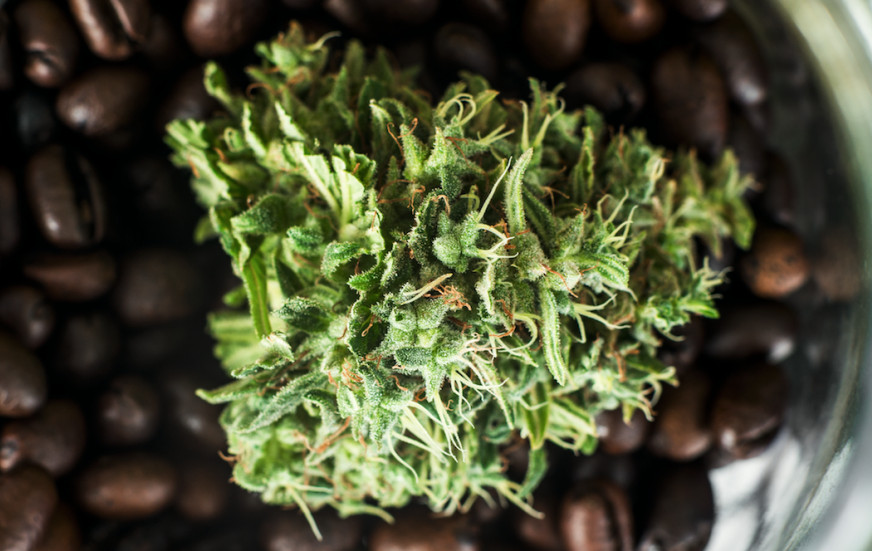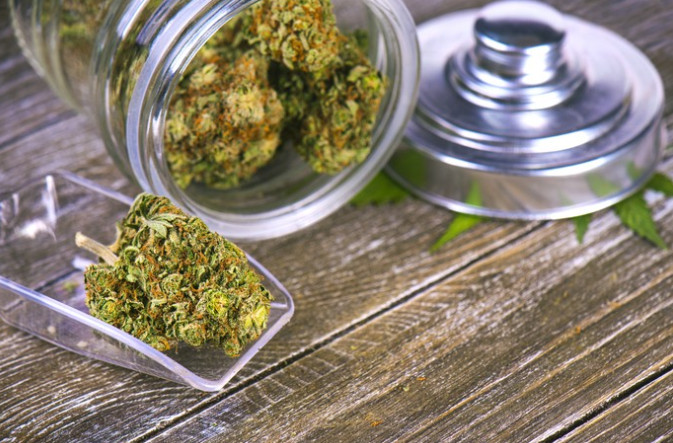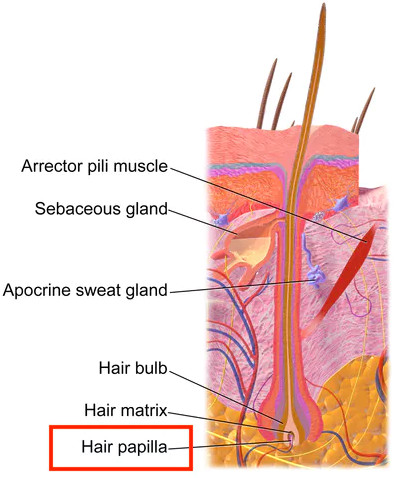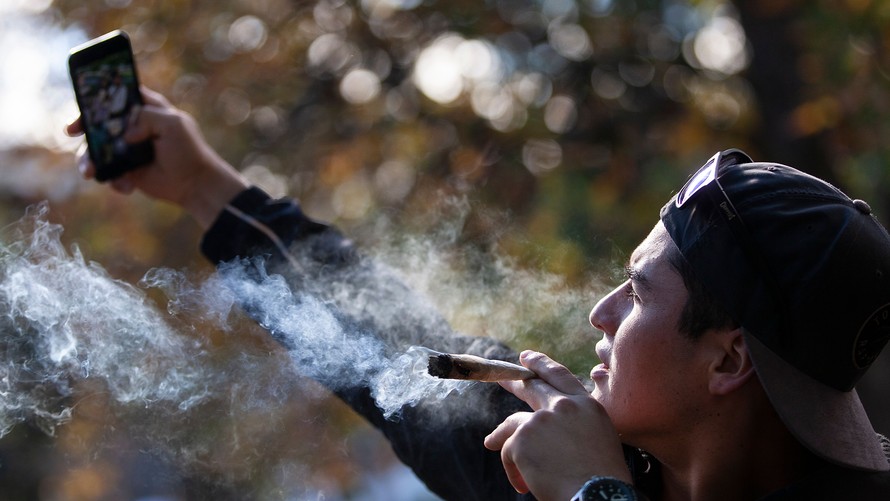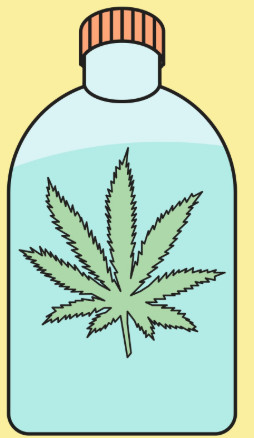Cigarettes are falling out of fashion. They’re increasingly banned from public spaces due to health concerns, and some have even likened secondhand cigarette smoke to assault. But in the marijuana community, locking oneself in a confined space and filling it with marijuana smoke remains a celebrated pastime.
While many assume marijuana smoke is less dangerous than secondhand tobacco smoke, one study claims that, on the contrary, that secondhand weed smoke is more dangerous.
This 2016 study out of the University of California, San Francisco compared the effects of second-hand cigarette smoke to secondhand weed smoke on rats. The researchers measured the ability of the rats’ arteries to properly expand, to permit healthy blood flow, before and after exposure to cigarette and marijuana smoke.
The researchers found that a one-minute exposure to second-hand marijuana smoke and tobacco smoke similarly impaired the rats arteries from expanding. However, after exposure to secondhand weed smoke, the rats’ arteries took roughly three times as long to return to their normal state.
Some have taken this to mean that secondhand weed smoke is “three times worse” for you than second-hand cigarette smoke. But more research is needed before sweeping claims can be made.

As one of the researchers, Mathew Springer, tells NPR, a typical marijuana cigarette is going to have fewer chemicals than a tobacco cigarette. However, inhaling smoke—any smoke—isn’t good for the heart, lungs and blood vessels. In other words, as a general rule, people should do their best to avoid putting their lungs in contact with smoke.
Many people have made this conclusion on their own, switching from cigarettes and joints to e-cigarettes and vaporizers. These smoking devices have their own medical controversies. But generally, vaporizing marijuana has been found to reduce the bodily harm associated with smoking it.
A different systemic review of 60 humans, in vivo or in vitro studies, concluded that “More research is required to understand… the health effects of long-term exposure to second-hand [marijuana] smoke.” However, the review did find one interesting fact about second-hand marijuana smoke: THC can affect those simply exposed to second-hand marijuana smoke, even if mildly. This confirms a theory known colloquially in the marijuana community as “contact high.”
credit:herb.co


